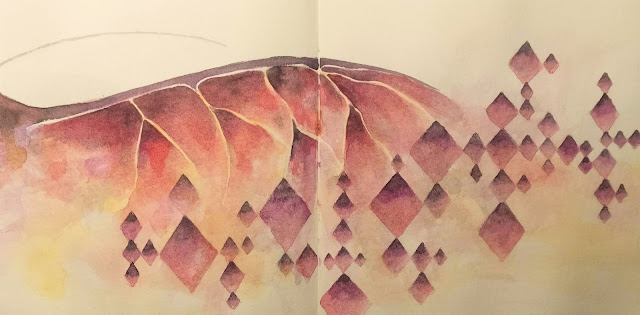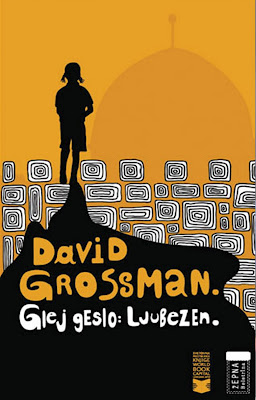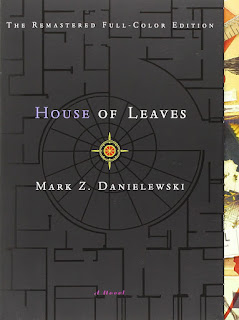La Biennale di Venezia - Viva Arte Viva

This year’s La Biennale di Venezia consists of nine trans-national pavilions or families of artists, according to themes their works of art tackle. There are for example Pavilion of Artists and Books, Pavilion of Time and Infinity and Pavilion of Shamans. I thought artworks dealing with books and writing I would find the most appealing. There were quite a number of them, all of them fascinating, but writing in itself wasn’t the most interesting part. It’s what writing does, the way it connects people, different ages in history and different cultures that got me thinking. What a small thing a person does means to the society at large, and what works of art can do to the community artists live in. The role of art changes with time. From (mostly) depicting the world we live in, through numerous mutations, it evolved into an important “ingredient” of a community. Art is a space for reflection, individual expression and freedom. Considering this, art generates the pluralism of voic







